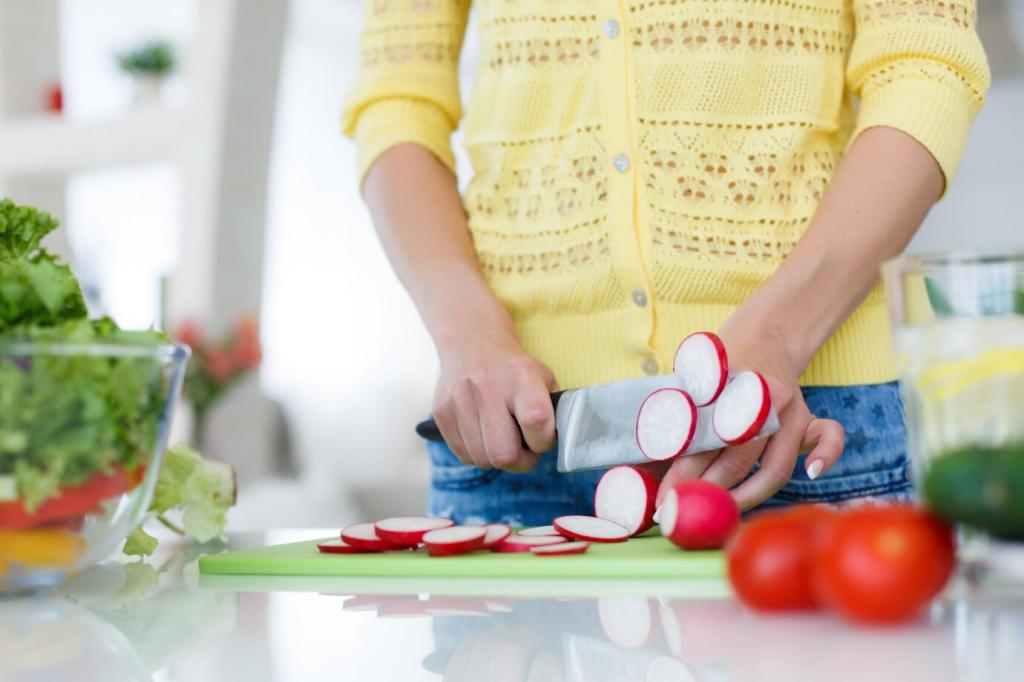Team Training and Culture
Use short training videos, shadow shifts, and a buddy system for the first week. Close each day with a two‑minute recap. New hires hit consistency faster when prep expectations are simple and reinforced.
Team Training and Culture
Run a five‑minute pre‑prep huddle covering goals, allergies, and outs. Keep a whiteboard for adjustments. Share wins at the end of shift to lock in learning and keep momentum as your prep list evolves.
Team Training and Culture
Spotlight meticulous labeling, tidy stations, and sharp knife work. Small shout‑outs build pride and consistency. Comment with your favorite recognition ritual, and we’ll feature it in a future prep‑culture roundup.
Team Training and Culture
Lorem ipsum dolor sit amet, consectetur adipiscing elit. Ut elit tellus, luctus nec ullamcorper mattis, pulvinar dapibus leo.









